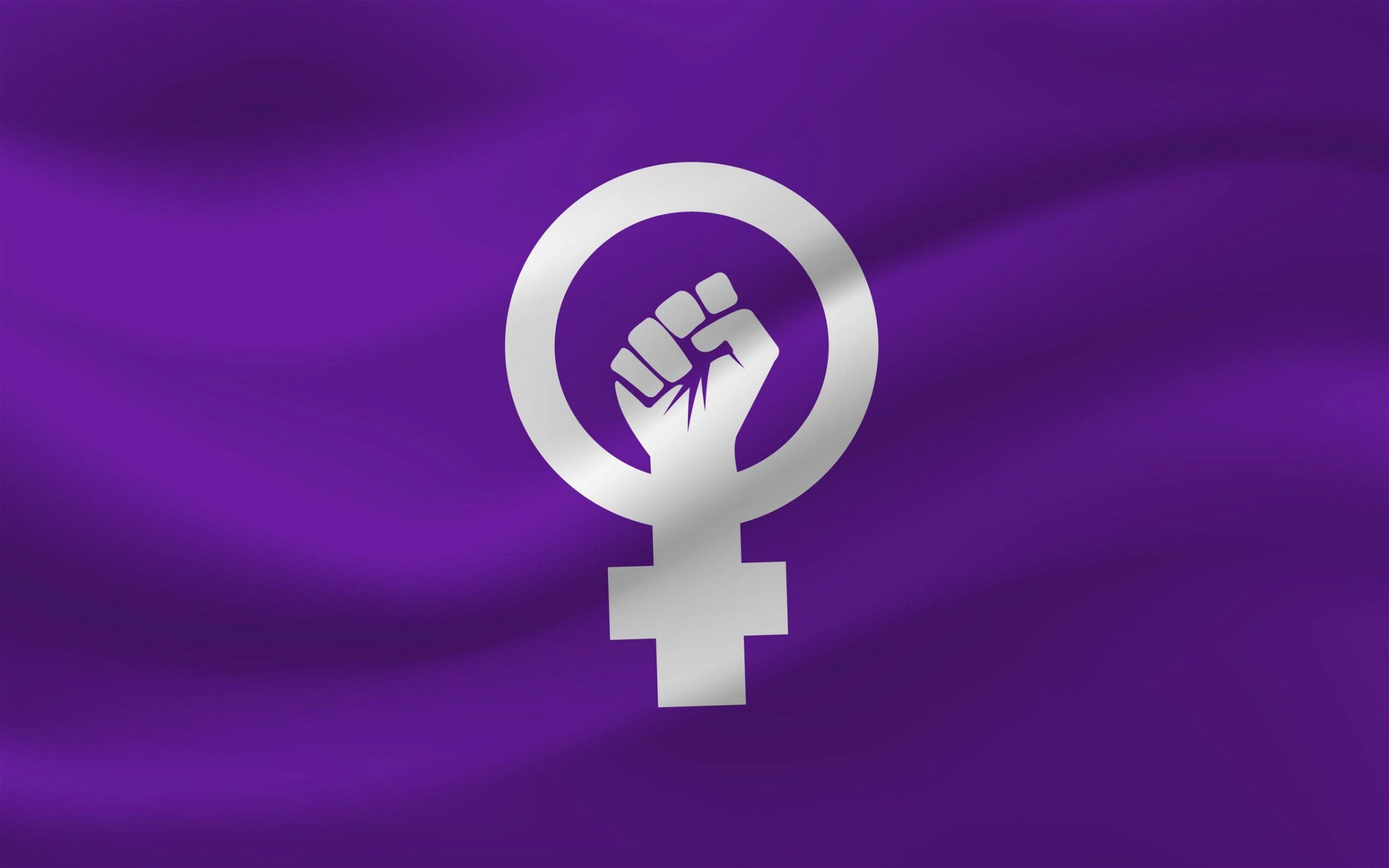Gender Equality at Workplace: And How to Address it?
Despite the significant progress made towards gender equality, the corporate world is still lagging behind in providing equal opportunities for men and women. The gender pay gap, lack of representation in leadership roles, and sexual harassment are just some of the issues that women continue to face in the workplace. In this article, we will explore the reasons why gender inequality exists in the corporate world and what corporates can do to make gender equality a reality.
One of the primary reasons for gender inequality is unconscious bias. Despite the best intentions, people may have implicit biases that influence their decision-making. Studies have shown that women are more likely to be perceived as emotional, nurturing, and less competent than their male counterparts. As a result, women are often overlooked for leadership roles or promotions, even when they are equally qualified.
Another reason for gender inequality is the lack of women in male-dominated industries. Women are often discouraged from pursuing careers in fields such as engineering or technology, which are traditionally male-dominated. This results in a lack of diversity in these industries and perpetuates gender stereotypes.
Cultural and societal norms also play a significant role in gender inequality. In many cultures, women are expected to prioritize family responsibilities over their careers, which can limit their opportunities for advancement. Additionally, traditional gender roles may lead to the perception that women are less committed to their careers than men, which can impact their chances of promotion.
Furthermore, sexual harassment and discrimination in the workplace are prevalent issues that continue to impact women. Many women face harassment and discrimination on a daily basis, which can make it difficult for them to succeed in their careers. This creates a hostile work environment that can be detrimental to women’s mental health and overall well-being.
To address gender inequality in the workplace, corporates must take concrete steps to promote diversity and inclusion. This includes creating policies that promote gender equality, such as pay equity and flexible work arrangements. They must also work to eliminate unconscious bias by providing training to employees and implementing objective hiring and promotion processes.
Corporate culture also plays a significant role in promoting gender equality. Leaders must work to create an inclusive environment where everyone feels valued and respected. This includes encouraging open communication and promoting a culture of accountability.
One way corporates can promote gender equality is by implementing Prevention of Sexual Harassment (POSH) training for all employees. POSH training can help employees understand what constitutes sexual harassment and how to prevent it. It also provides employees with tools and resources to report instances of harassment and discrimination.
In conclusion, gender inequality remains a significant issue in the corporate world. Corporates must take concrete steps to promote diversity and inclusion, including addressing unconscious bias, promoting women in male-dominated industries, and creating a culture of accountability. By implementing POSH training and other initiatives, corporates can help create a workplace that is safe and welcoming for everyone, regardless of gender.

